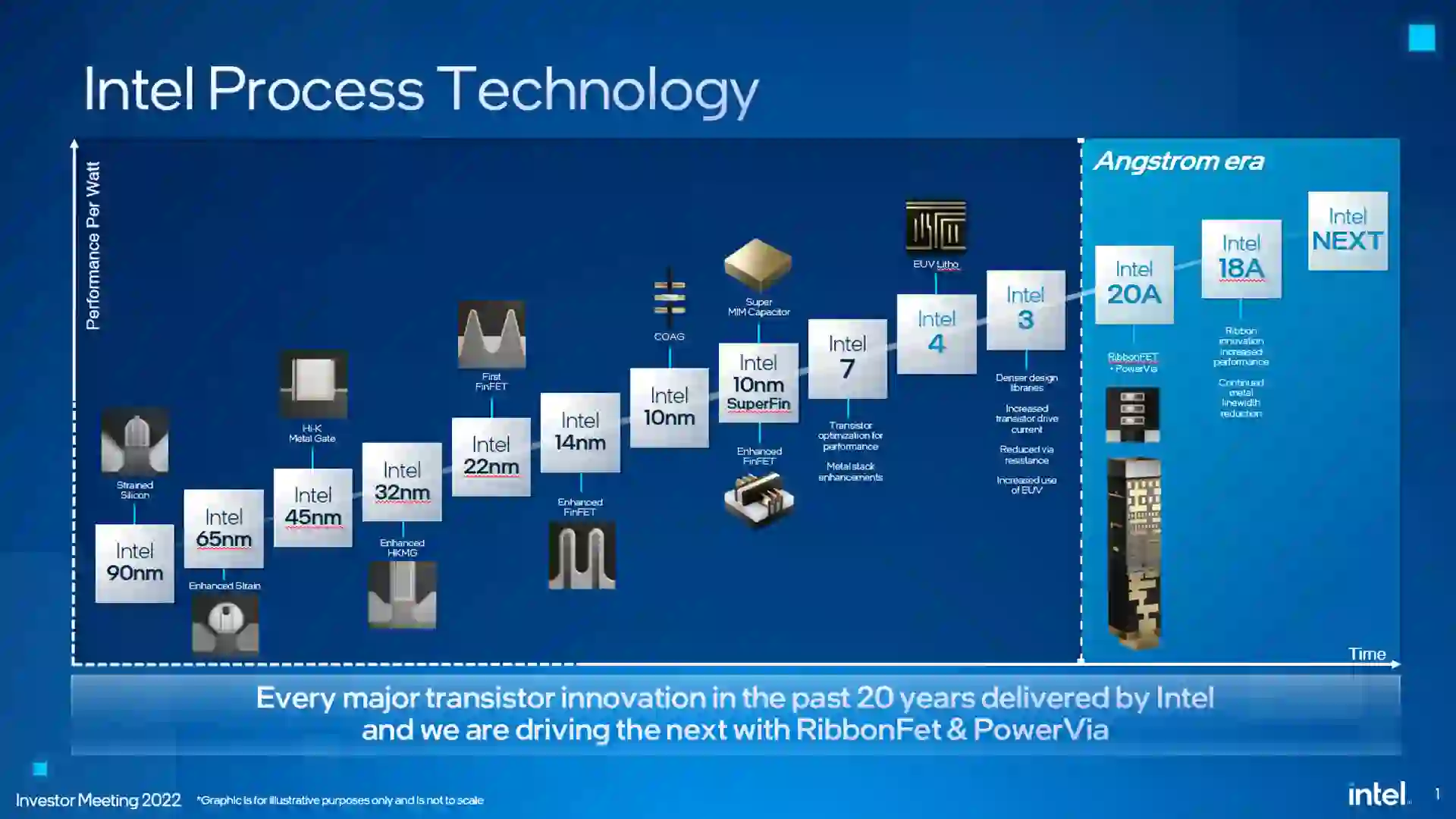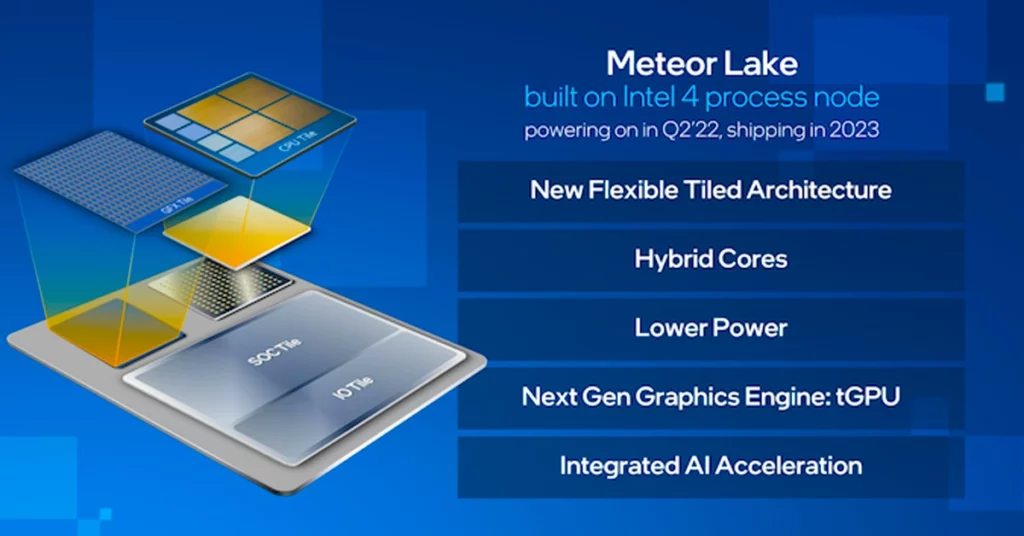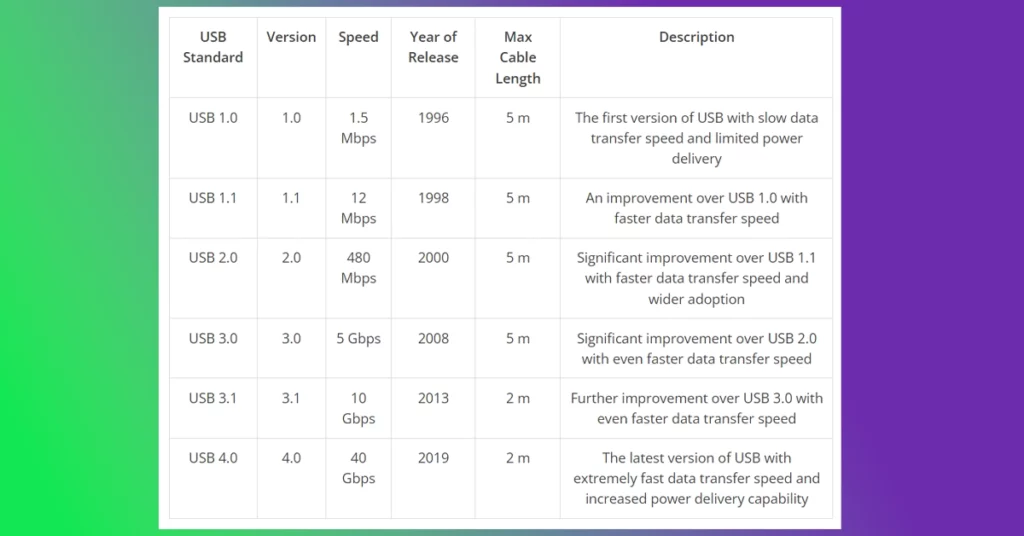
Intel 14th Gen “Meteor Lake” coming in Q3 2023
Snehil
- 0
Intel has been the go-to name for computer processors for decades, with their releases being highly anticipated in the tech world. The company’s recent consumer CPU releases, starting with the 12th gen “Alder Lake” architecture, saw it take the battle to AMD Zen 3, and improve upon its predecessor, the “Raptor Lake” processors with the 13th gen. Now, Intel is gearing up to take the processor game to a whole new level with the release of the Intel 14th Gen “Meteor Lake” and 15th gen “Arrow Lake” CPU architectures. Whether you are a gamer, content creator, or simply need a reliable and efficient computer for everyday tasks, Meteor Lake processors will bring some significant gains in processing as well as power efficiency.
We have been following the computing industry for more than a decade and we are here to share some thoughtful details about the upcoming 14th gen Intel Processors and the industry trends further. Let’s take a closer look at the upcoming Intel 14th gen processors, scheduled for the later half of 2023.
Table of Contents

Intel 14th Gen – New Architecture
Intel’s aim with Meteor Lake is to target power efficiency, a crucial aspect in the world of computing. It will also be implementing the chiplet design, which AMD has been using for quite a long time now. This hybrid architecture makes Meteor Lake processors ideal for users who demand both performance and efficiency in their computing devices. The integrated AI and tiled GPU architecture will offer discrete graphics-class performance, which Intel has termed as ‘XPU improvement.’
Intel’s 14th gen processor will be the first consumer CPU to feature a chiplet design with disaggregated dies for compute, graphics, and I/O, each of which will be manufactured on a different process node – Compute tile on the Intel 4 node, graphics die on TSMC N5, and SoC die on the TSMC N6 node. The manufacturing process will be done on a 7nm process node (also called Intel 4), the smallest one used by Intel so far, and the socket design is expected to be new, possibly breaking compatibility with previous generations. So far, Intel has been using a 10nm process.
The high-performance cores are designed to handle CPU-intensive tasks, and they are built to deliver high performance and low latency. The power-efficient cores are optimised for everyday tasks, providing the power efficiency necessary to extend battery life in laptops and reduce power consumption in desktop computers.

Intel 14th Gen will support only DDR5 memory
Meteor Lake processors are also designed to support the latest technologies, including DDR5 only memory, (leaving DDR4-support) PCIe 5.0, and USB 4.0. DDR5 memory provides faster data transfer rates and lower power consumption compared to DDR4 memory, allowing for improved performance and efficiency. PCIe 5.0 provides faster data transfer rates for storage devices and other peripherals, while USB 4.0 provides faster data transfer rates and increased power delivery. These advancements ensure that Meteor Lake processors are able to support the latest technologies, providing users with the best possible experience.
Meteor Lake processors may adopt a new socket (LGA-1851), leaving the LGA-1700 used by Alder and Raptor Lake processors. AMD has already switched to a new AM5 socket this year and has also discarded DDR4 memory support. The new series will have only DDR5 support with memory speeds up to DDR5-6400 Mbps and LPDDR5x-7500 Mbps. The new socket from Intel will completely revamp the excessive TDP, improving overall efficiency. Intel will be focusing on sustained power delivery, allowing for higher performance and increased stability with less heat. This socket is aimed to provide a secure and reliable platform for the processor, and ensure that users will be able to easily upgrade their systems in the future. The latest leaks have also suggested that Intel 14th gen will use a new LGA 1851 socket.
Improved Performance and Efficiency
Meteor Lake processors are expected to deliver improved performance and efficiency compared to previous generations of processors. With the hybrid architecture, users can expect high performance and low latency for demanding tasks, while also enjoying power efficiency for everyday tasks. The support for the latest technologies, including DDR5 memory, PCIe 5.0, and USB 4.0, also provides users with improved performance and efficiency. These advancements ensure that Meteor Lake processors are able to deliver the performance and efficiency that users demand.
Closing thoughts
Intel 14th Generation processors are set to bring significant improvements to the performance and efficiency of personal computers. While previous generations have been powerful for desktops, high TDPs have restricted them to give high efficiency in laptops. On the other hand, Apple with its in-house chips are galloping leaps and bounds ahead of competition.
With their new hybrid architecture, support for the latest technologies, and improved power delivery, Meteor Lake processors provide users with a powerful and efficient platform for their computing needs.
Intel has not been progressive with its CPU lineup in the recent past. We have seen how Apple has got a major advantage that its new chips will come on the 3nm process, while Intel will launch its first 7 nm processors in 2023. Although it’s nice to see Intel adopting chiplet design finally.
FAQs
What is the release date of Intel 14th Gen processor?
The Intel 14th Gen processor is the upcoming CPU architecture from Intel, which is expected to launch in the later half of 2023. It is designed to be power efficient, with a chiplet design that includes disaggregated dies for compute, graphics, and I/O, each manufactured on a different process node.
What is the chiplet design in Intel 14th Gen?
The chiplet design in Intel 14th Gen processors involves using multiple dies on a single package, with each die optimized for a specific function. In the case of Meteor Lake, there will be separate dies for compute, graphics, and I/O, manufactured on different process nodes.
What technologies will the Intel 14th Gen processor support?
The Intel 14th Gen processor is expected to support DDR5 memory, PCIe 5.0, and USB 4.0. It will be the first Intel’s CPU to support DDR5 memory exclusively. AMD already has trasnitioned to DDR5 only.
What socket will the Intel 14th Gen processor use?
The socket design for the Intel 14th Gen processor is expected to be new, possibly breaking compatibility with previous generations. The latest leaks suggest it may be an LGA 1851 socket.
What is the manufacturing process for the Intel 14th Gen processor?
The Intel 14th Gen processor will be manufactured on a 7nm process node, the smallest one used by Intel so far. The compute tile will be on the Intel 4 node, the graphics die on TSMC N5, and the SoC die on the TSMC N6 node.
What is the XPU improvement in Intel 14th Gen?
Intel 14th Gen processors will feature an integrated AI and tiled GPU architecture, offering discrete graphics-class performance, which Intel has termed as ‘XPU improvement.’
Will the Intel 14th Gen processor support only DDR5 memory?
Yes, the Intel 14th Gen processor is designed to support only DDR5 memory, providing faster data transfer rates and lower power consumption compared to DDR4 memory.
What is the aim of Intel with the Meteor Lake architecture?
Intel’s aim with the Meteor Lake architecture is to target power efficiency, while also delivering high performance. The hybrid architecture and support for the latest technologies ensure that Meteor Lake processors provide a powerful and efficient platform for users’ computing needs.


